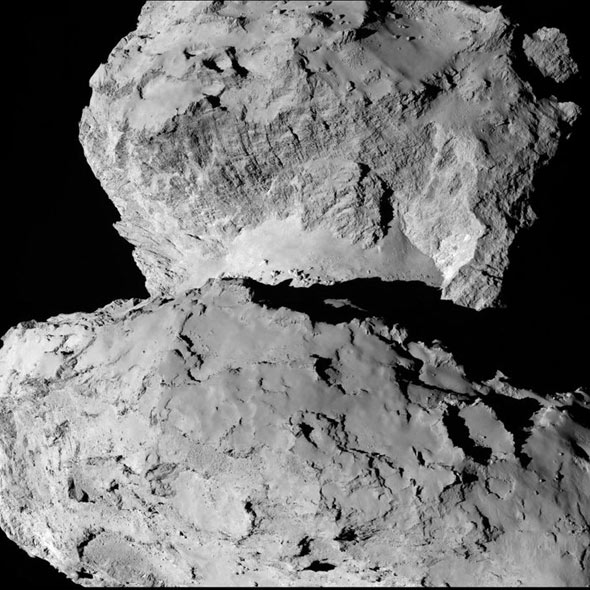What is found in the Kuiper Belt?
There are dwarf planets found in the Kuiper Belt. They are objects smaller than planets "The current definition of a planet is an object 1. orbits the sun, 2. is large enough to pull itself into a round shape, and 3. has cleared the area around its orbit"(Kay).
"Objects smaller than this are categorized as dwarf planets, asteroids, Kuiper belt objects (KBO'S), comets, and meteoroids"(Kay). "Dwarf planets category was defined by the International Astronomical Union (IAU) in 2006"(Kay). But since they do not meet the criteria of the third point they are found in the Kuiper belt and asteroid belt.
Also there are several Kuiper Belt objects. The several objects are Pluto, Quaoar, Makemake, Haumea, Orcus, Varuna, And Eris. The Picture below shows the several Kuiper belt objects. Found from

This shows the sizes and colors of each object. it is a great picture that allows everyone to visually see what the objects actually look like and will give everyone a better feel as of what the Kuiper belt objects are. These objects are hard to see in space but they used digital cameras to get a close view and picture of these objects.
Kuiper belt objects are also referred to as trans-neptunian objects. They are ice planetesimal comet nucleus that orbit within the Kuiper belt beyond the orbit of Neptune. Kuiper belt objects are hard to determine as well, the sizes are sizes make this difficult. The albedos are uncertain. Astronomers found more than 1,000 KBO's. But there are more smaller ones that do exist.
Not only do dwarf planets are in the region of the Kuiper belt but comets are also in that region. The Kuiper belt comets were named for a scientist Gerard Kuiper in 1905-1973. Comets from the Kuiper belt orbit the sun in a disk shape showed in the image below from
This image shows how the comets orbit the sun in the picture you can see the black dots are the comets and they are orbiting the sun and it states a comet spends most of its time in outer solar system. The orbit of the comets are in a disk shape region about 30 to 50 AU beginning at about the orbit of Neptune.

Comets In Kuiper Belt Citation
A picture of Kuiper belt objects are shown in the green also shows the comet nuclei near the inner solar system. It demonstrates how they form and an extension to the disk of the solar system known as the Kuiper belt. This was from our text book. i found that this shows it great.
A picture of a comet is shown below to get a better understanding visually of what it looks like. found from

Also the Kuiper belt contains tens of thousands of ice planetestimals. the larger KBO's are alike to the size of pluto and eris. A excellent image below shows what it looks like. i found this picture from

This shows how many of these ice planetestimals there are around the Kuiper belt. The Comets in the Kuiper belt are close together and close enough to interact gravitationally from time to time. so in this case 1 nucleus will gain enough energy while others losses it. The so called "winner" that gains more energy gets sent into an orbit that reaches beyond the boundary of the Kuiper belt.
There are also short period comets and long period comets. Short period comets originated in the Kuiper belt. The comets have 3 parts. Three parts of the comet are coma, head, and tail.
Kay, Laura, Stacy Palen, Brad Smith, and George Blumenthal. The Solar System. N.p.: n.p., n.d. Print.
21st Century Astronomy Stars and Galaxies. N.p.: W W Norton & Co, 2016. Print.
.

No comments:
Post a Comment